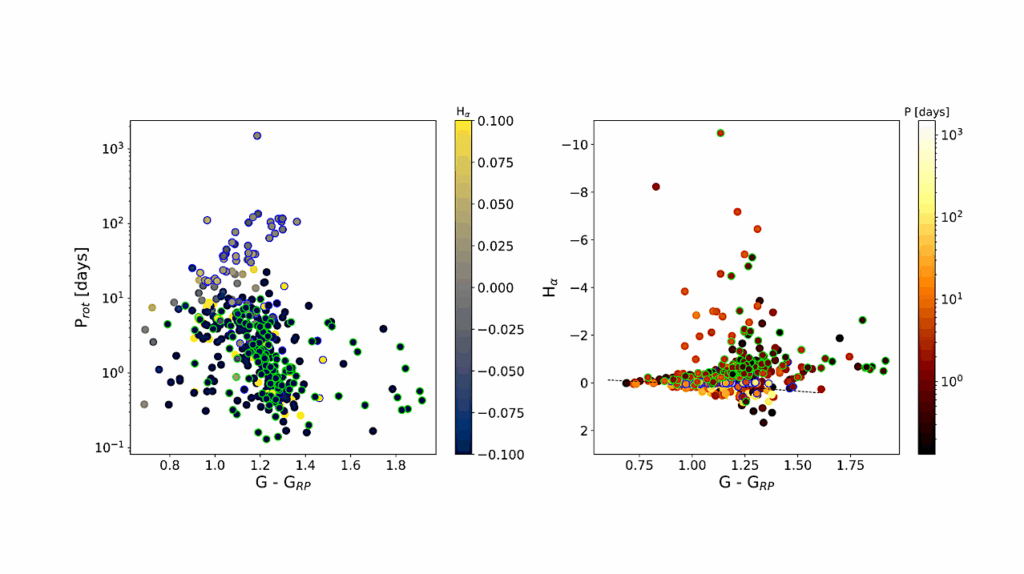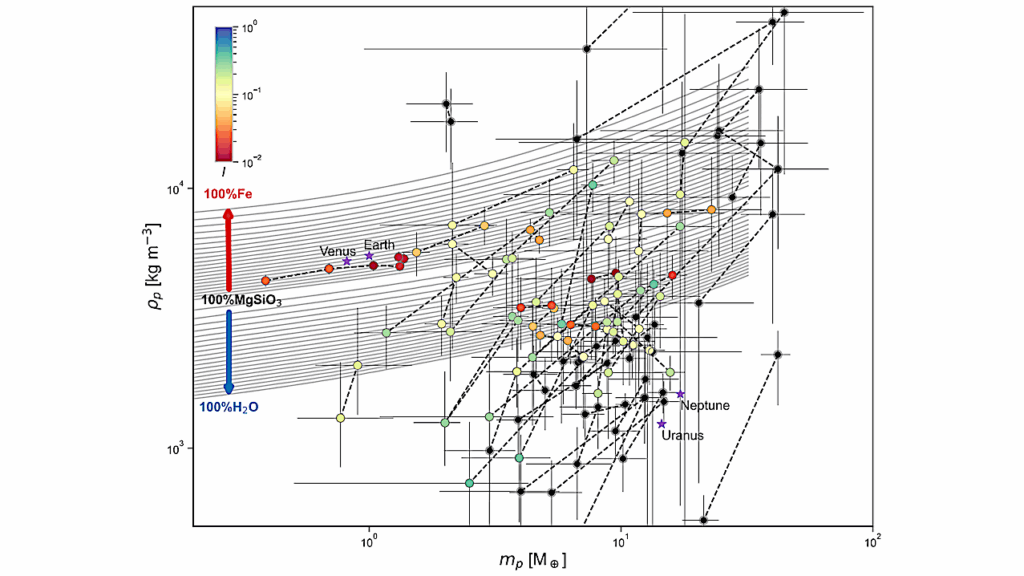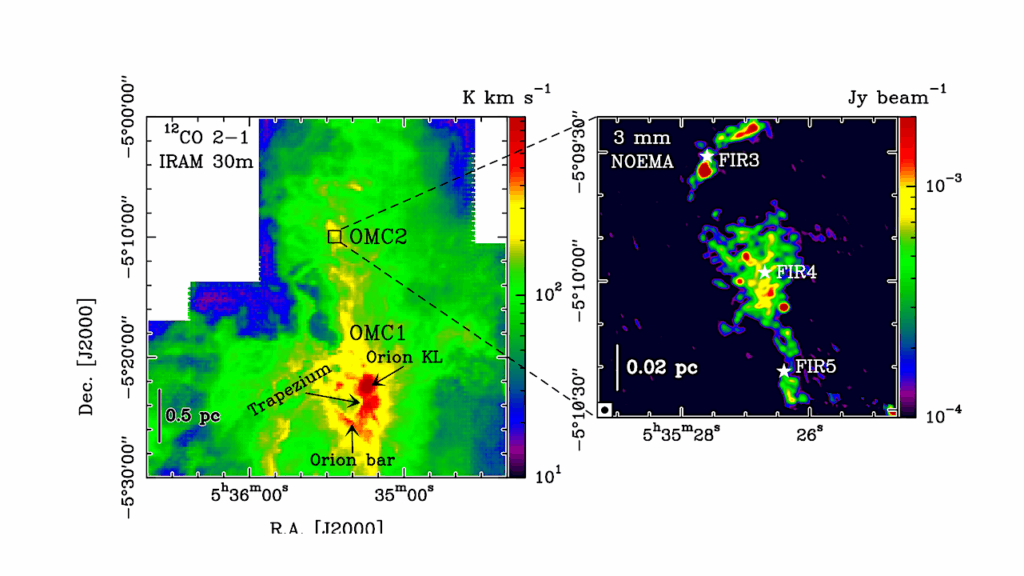Broadband Vortex Fiber Nulling: High-dispersion Exoplanet Science At The Diffraction Limit

As the number of confirmed exoplanets continues to grow, there is an increased push to spectrally characterize them to determine their atmospheric composition, formation paths, rotation rates, and habitability.
However, there is a large population of known exoplanets that either do not transit their star or have been detected via the radial velocity (RV) method at very small angular separations such that they are inaccessible to traditional coronagraph systems.
Vortex Fiber Nulling (VFN) is a new single-aperture interferometric technique that uses the entire telescope pupil to bridge the gap between traditional coronagraphy and RV or Transit methods by enabling the direct observation and spectral characterization of targets at and within the diffraction limit. By combining a vortex mask with a single mode fiber, the on-axis starlight is rejected while the off-axis planet light is coupled and efficiently routed to a radiometer or spectrograph for analysis.
We have demonstrated VFN in the lab monochromatically in the past. In this paper we present a polychromatic validation of VFN with nulls of <10−4 across 15% bandwidth light. We also provide an update on deployment plans and predicted yield estimates for the VFN mode of the Keck Planet Imager and Characterizer (KPIC) instrument.
Using PSISIM, a simulation package developed in cooperation with several groups, we assess KPIC VFN’s ability to detect and characterize different types of targets including planet candidates around promising young-moving-group stars as well as known exoplanets detected via the RV method.
The KPIC VFN on-sky demonstration will pave the road to deployment on future instruments such as Keck-HISPEC and TMT-MODHIS where it could provide high-resolution spectra of sub-Jupiter mass planets down to 5 milliarcseconds from their star.
Daniel Echeverri, Garreth Ruane, Nemanja Jovanovic, Jacques-Robert Delorme, Jason Wang, Maxwell A. Millar-Blanchaer, Jerry Xuan, Katie Toman, Dimitri Mawet
Comments: 12 pages; 6 figures; to appear in Proceedings of the SPIE, Techniques and Instrumentation for Detection of Exoplanets X, Vol. 11823
Subjects: Earth and Planetary Astrophysics (astro-ph.EP); Instrumentation and Methods for Astrophysics (astro-ph.IM)
Cite as: arXiv:2210.15910 [astro-ph.EP] (or arXiv:2210.15910v1 [astro-ph.EP] for this version)
https://doi.org/10.48550/arXiv.2210.15910
Focus to learn more
Journal reference: Proc. SPIE 11823, 118230A (2021)
Related DOI:
https://doi.org/10.1117/12.2597160
Focus to learn more
Submission history
From: Daniel Echeverri
[v1] Fri, 28 Oct 2022 05:33:06 UTC (1,765 KB)
https://arxiv.org/abs/2210.15910
Astrobiology








